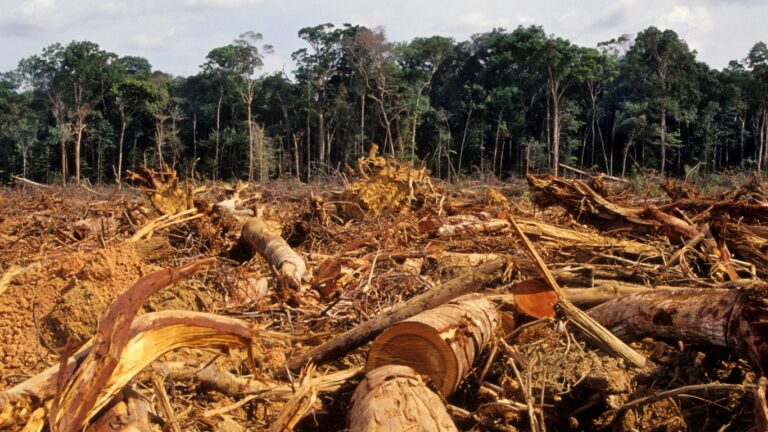Call in the shrinks? Near the South Pole, the retreating sea ice is ‘behaving strangely.’

Climate change experts have been worrying about the retreating ice in the Arctic and Antarctic ice for decades. But now there’s a new wrinkle, literally — it’s now “behaving strangely,” a leading researcher says.
Scientists from the U.S.-based National Snow and Ice Data Center (NSIDC) say that, following an all-time low during the winter season in September 2023, Antarctic sea ice has been tracking at near-record-low extent for the past six months as the southern hemisphere summer wears on. Last month, it hit its 2024 minimum extent, tying with 2022 for the second-lowest Antarctic minimum in the 46-year satellite record.
MORE ABOUT ICE: What Happens To Thin Ice On The Great Lakes?
MORE ABOUT ICE: The World’s Glaciers And Ice Sheets Are Belching — And That’s A Big Problem
Dr. Mark Serreze, director of the NSIDC, told Carbon Brief that warmer ocean water — blamed also for increasingly erratic weather patterns around the globe — is reaching the surface to melt ice and keep it from forming. He said that we “must wait and see” whether this is a “temporary effect” or whether the Antarctic has entered a “new regime.”
The ice also tends to be much thinner, leading to coverage that more easily breaks up.
“The Antarctic has been behaving strangely,” Serreze added. “The answer seems to lie in the ocean — more warm water getting up to the surface to melt ice or keep it from forming. Is this a temporary effect, or, as many have argued, have we entered a ‘new regime’ in which the ocean will continue to strongly affect the sea ice? Again, we must wait and see.”
It not much different up north. In the Arctic, sea ice has reached its maximum extent for the year, peaking at 15.01m square kilometers on March 14. The provisional data from the NSIDC, the outlet adds, shows that this year’s Arctic winter peak, despite favorable winds that encouraged sea ice formation, was 640,000 square kilometers smaller than the 1981-2010 average maximum.
Worrying stuff.
Sponsor
Find a Vetted Financial Advisor
- Finding a fiduciary financial advisor doesn't have to be hard. SmartAsset's free tool matches you with up to 3 financial advisors that serve your area in 5 minutes.
- Each advisor has been vetted by SmartAsset and is held to a fiduciary standard to act in your best interests. Get on the path toward achieving your financial goals!






